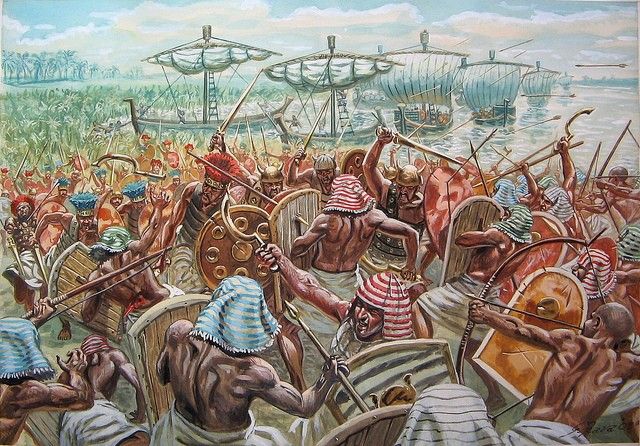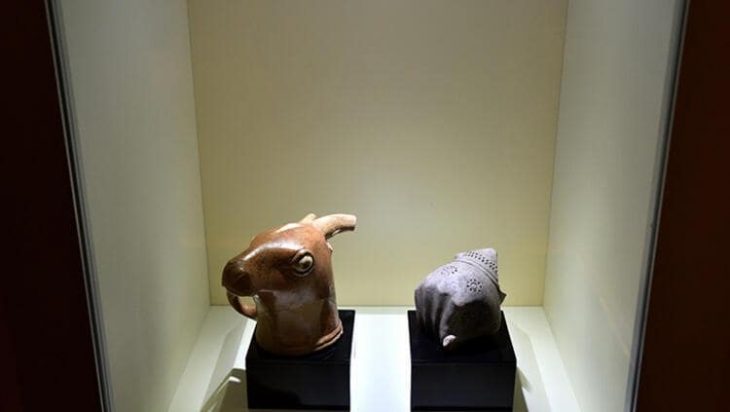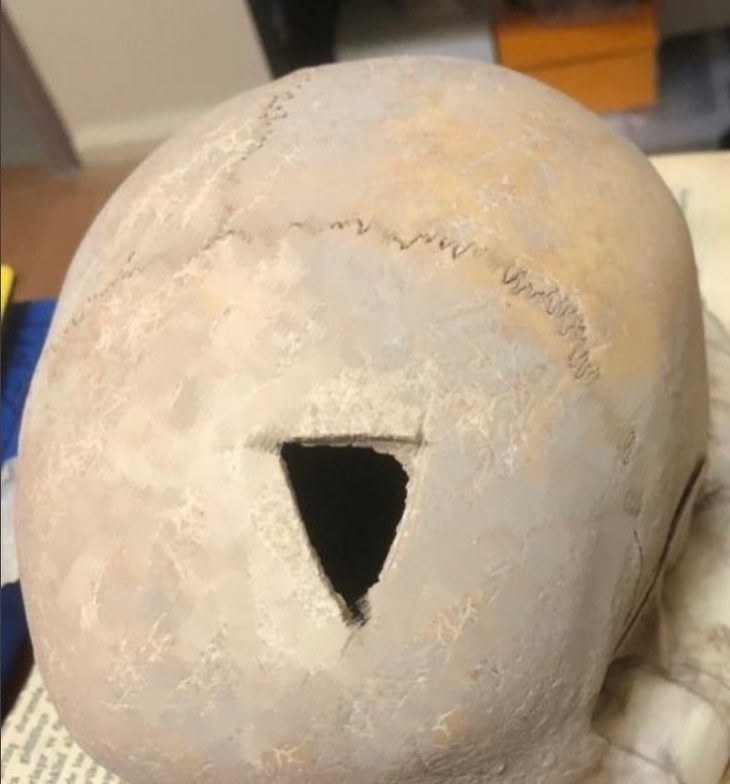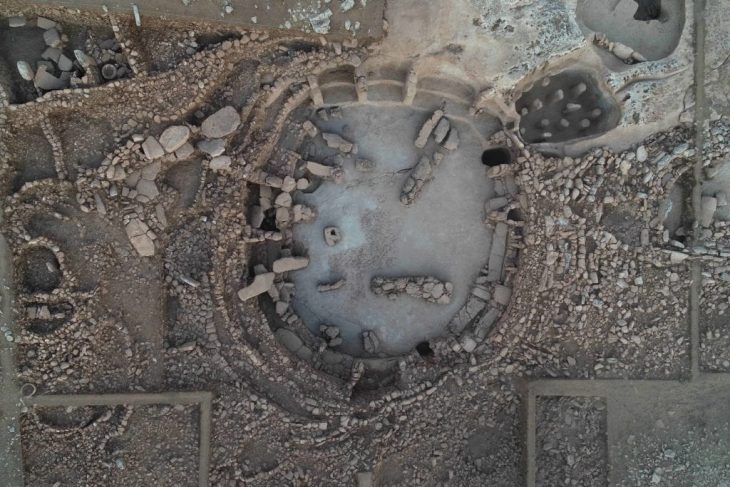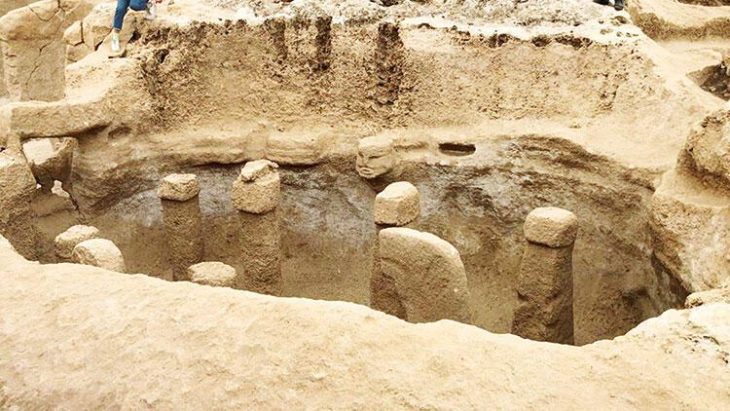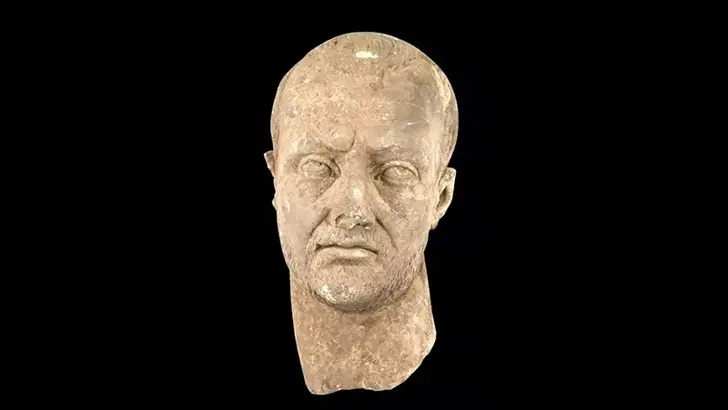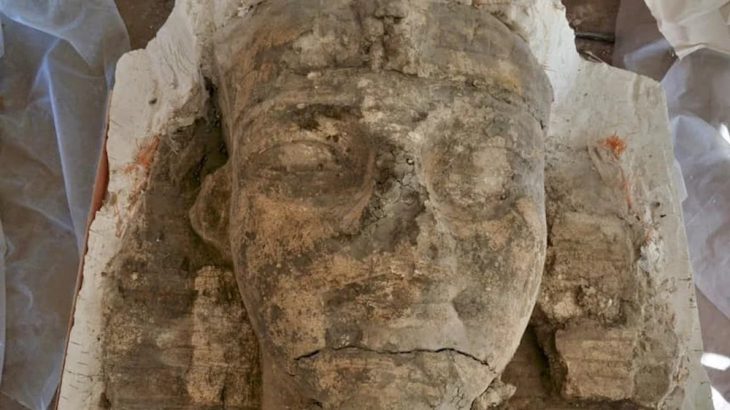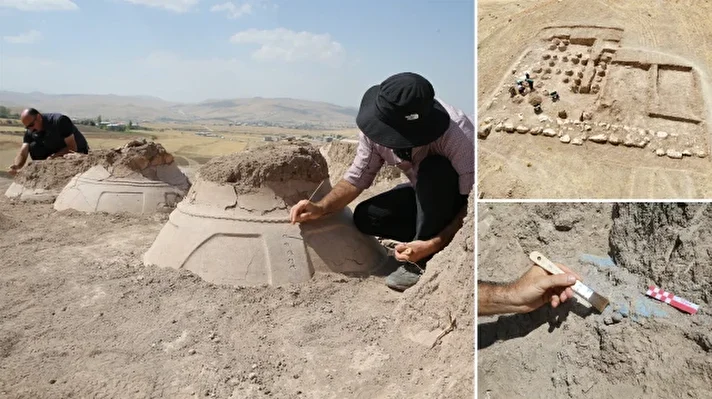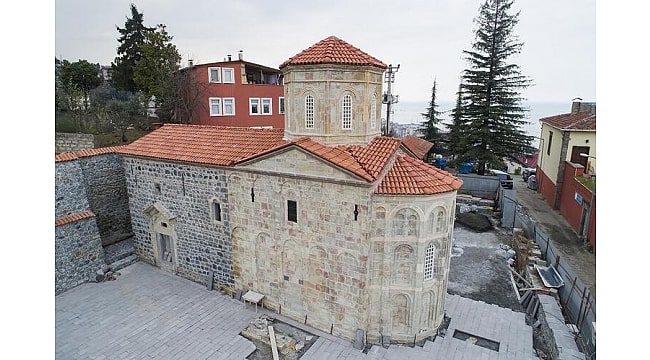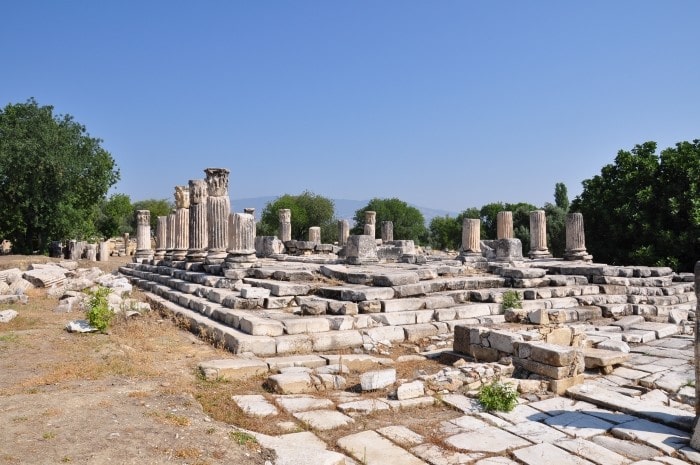Who are the Sea Peoples, which are seen as the beginning of the dark age, and where did they come from? Their names are mentioned in historical documents, but often not much is known about who they were even today.
During the Late Bronze Age and Early Iron Age, civilizations in the Near East, Aegean, Anatolia, North Africa, the Caucasus, the Balkans, and the Eastern Mediterranean collapsed and disappeared from the map. So what happened during this period? What caused such an uproar and collapse?
Historians believe that the period was violent and culturally destructive, ending with the disintegration of the Hittite Empire, Mycenaean kingdoms, Kassites, Ugarites, Amorite states, and the Aegean court economy. Despite the downturn, some provinces survived the collapse, such as the New Kingdom of Egypt, Assyria, Phenicia, and Elam.
Historians describe this period as “the worst disaster in ancient history” with various theories such as environmental factors behind the collapse, drought, a general system collapse, technological changes in war, disruption in trade, a volcanic eruption, and the elusive Sea People.
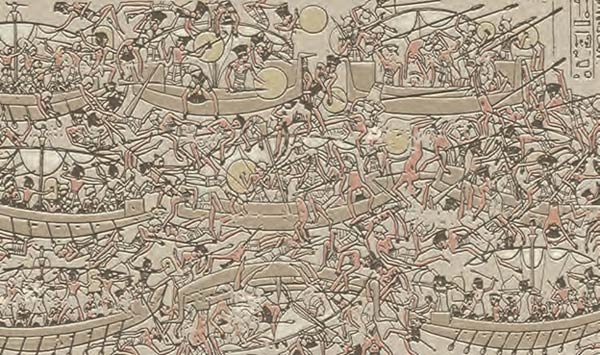
Almost nothing is known about the Sea People, the only evidence of their existence comes from sparse contemporary sources. This evidence comes from interpretative sources at best and their accuracy is often debated in scientific circles.
📣 Our WhatsApp channel is now LIVE! Stay up-to-date with the latest news and updates, just click here to follow us on WhatsApp and never miss a thing!!
It has been suggested that the People of the Sea were a maritime confederation that may have come from Western Asia Minor, the Aegean, the Mediterranean islands of Southern Europe.
The term “Peuples de la mer” (literally meaning “sea peoples”) was first coined by the French Egyptologist Emmanuel de Rougé while reading reliefs in Medinet Habu and became more popular in the late 19th century with a linked theory of migration.
The historical narratives to describe the Sea People originate mainly from seven Ancient Egyptian sources (with some information from Hittite sources) that gave the names of the nine ancient cultures responsible for this period: Denyen, Ekwesh, Lukka, Peleset, Shekelesh, Sherden, Teresh, Tjeker, and Weshesh. (Further suggestions of narratives in other civilizations include Etruscans, Trojans, Philistines, Mycenaeans, and even Minoans).
One such source (Tanis Stele II) and draws attention to an event the Ramesses II period when the Nile Delta was attacked by Sherden raiders. An inscription on the stele: “The rebel Sherden, who no one knew how to fight, came courageously sailing from the middle of the sea on their warships, none of them could stand them.
A narrative from the reign of Ramses III (2nd Pharaoh of the 20th Dynasty) also records the waves of invasion of the seafaring peoples; The most detailed account is Ramses III, around 1175 as the invaders retreated during the “Battle of Delta”. It is found in the morgue temple of Medinet Habu in Thebes, where Ramses is depicted.
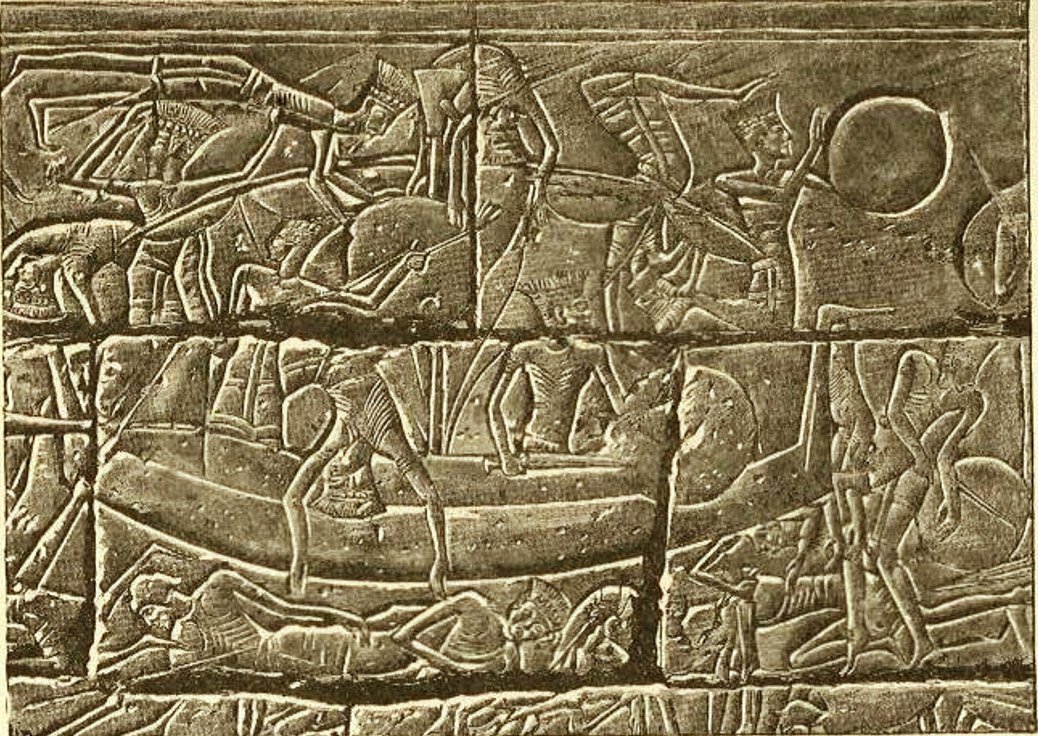
Medinet Habu is written as follows in the inscription in the morgue temple:
“Now the northern countries on their islands were trembling in their bodies. They entered the channels of the mouths of the Nile. The nostrils have ceased, their desire is to breathe. His Majesty fights against them like a whirlwind, like a runner on the battlefield. His horror and terror penetrated their bodies; (they) capsized and crushed in their places. Their hearts have been taken; their souls flew away. Their weapon is scattered across the sea. ”
It is still a mystery who these people mentioned in the Egyptian documents are and why they came here. Since they were generally named as Sea Peoples in Egyptian documents, they continued to be called by this name in history.
The bright times of Anatolia have entered a dark period with them. They are also known as the beginning of the dark age.
Source: Matthew J. Adams, 2016, “the philistines and other“ sea peoples ”in text and archeology” WF Albright Archaeological Research Institute

